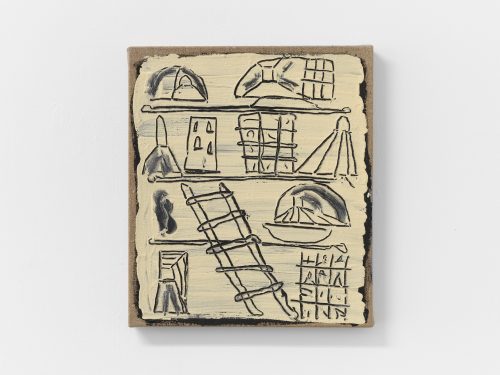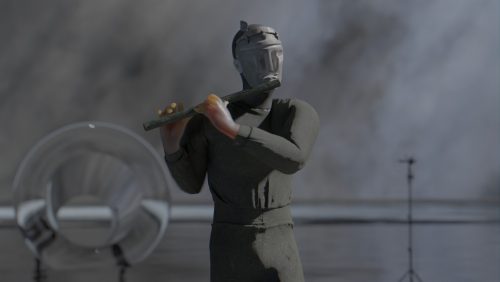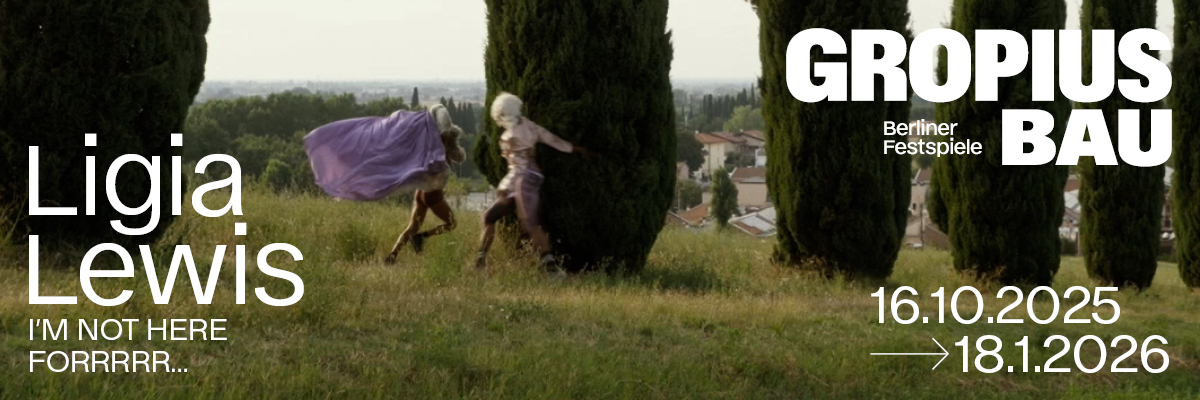
Ruvan Wijesooriya, Matteo Pizzolante, Leevi Toija, Luciano Sozio, Simon Foxall, Jan Domicz
Dr. Barry & Ms. Hyde
Project Info
- 💙 MOTELOMBROSO
- 💚 Marialuisa Pastò
- 🖤 Ruvan Wijesooriya, Matteo Pizzolante, Leevi Toija, Luciano Sozio, Simon Foxall, Jan Domicz
- 💜 Marialuisa Pastò
- 💛 Nicola Gnesi
Share on
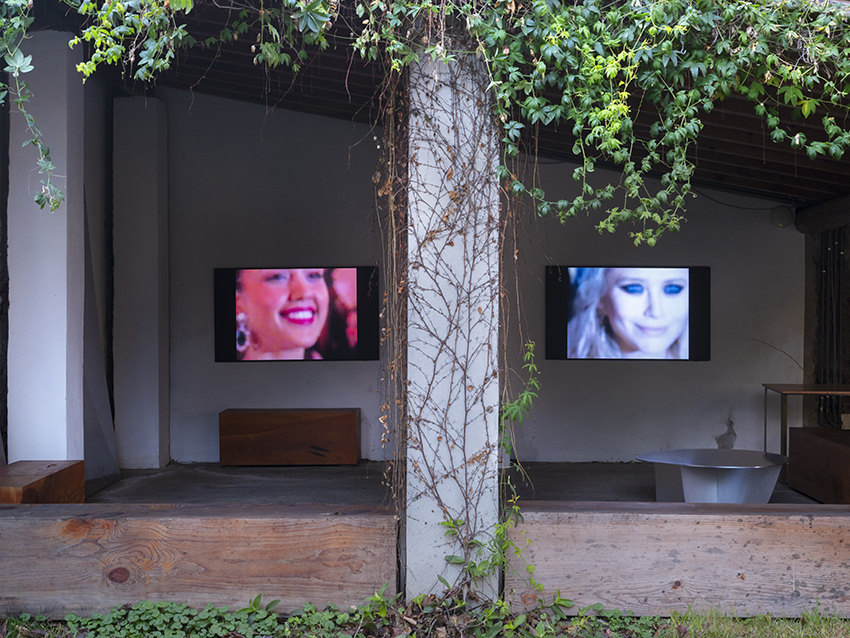
Dr. Barry & Ms. Hyde, Ruvan Wijesooriya, Fame As A Process of Isolation, 2014, 2-channel Video loop, 65-inch screens, Left: extended version (19’13”, sound) Right: short version (00:36”, no sound), Daylight installation view
Advertisement
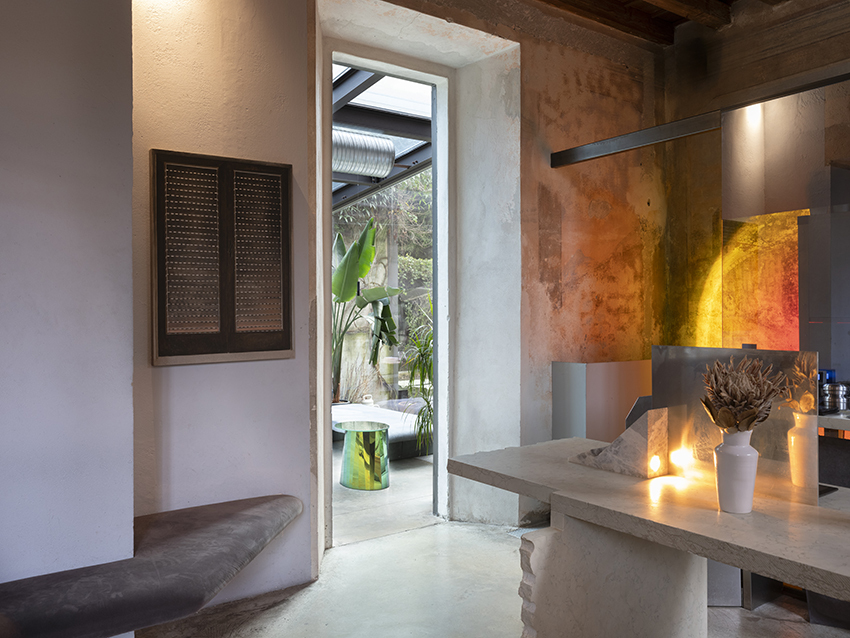
Dr. Barry & Ms. Hyde, Daylight installation view
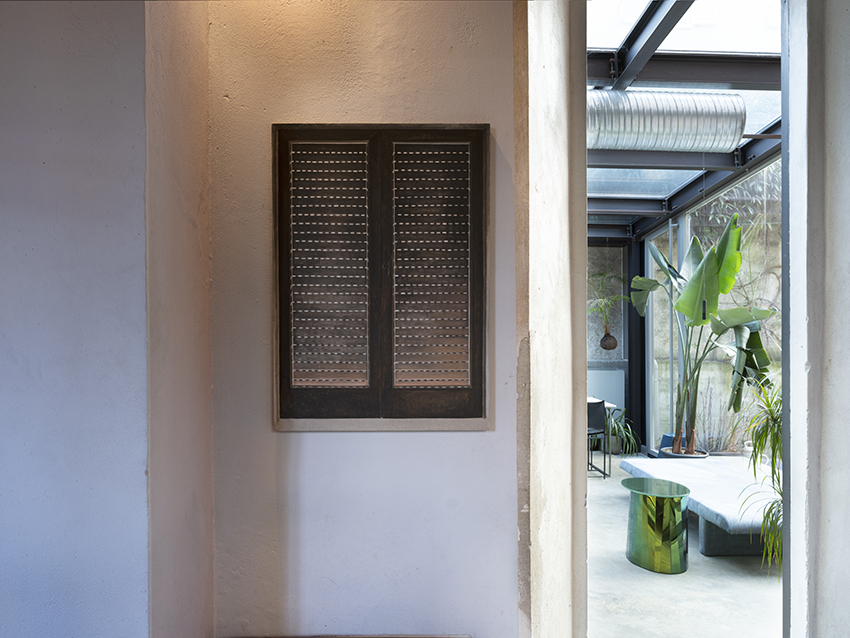
Dr. Barry & Ms. Hyde, Luciano Sozio
Dawn, 2024,
Pigments and acrylic on linen,
100x70 cm,
Daylight installation view
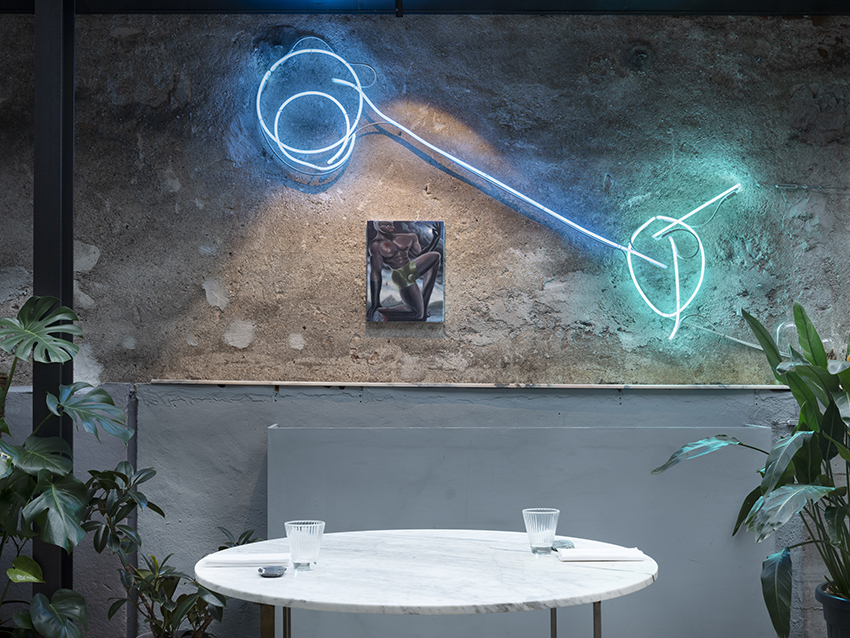
Dr. Barry & Ms. Hyde, Simon Foxall
The Death of Marat 2, 2022, Oil on canvas,
30x40 cm,
Daylight installation view
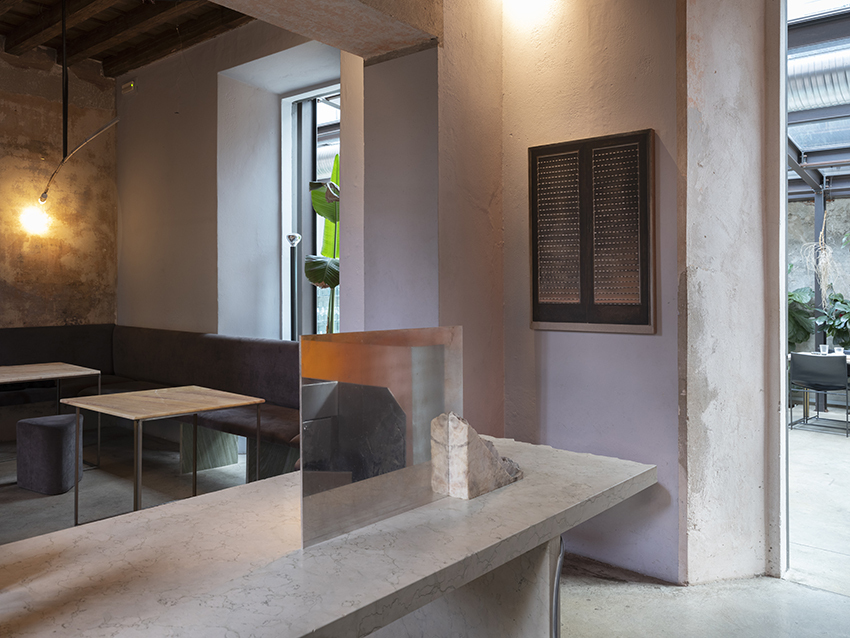
Dr. Barry & Ms. Hyde, Daylight installation view
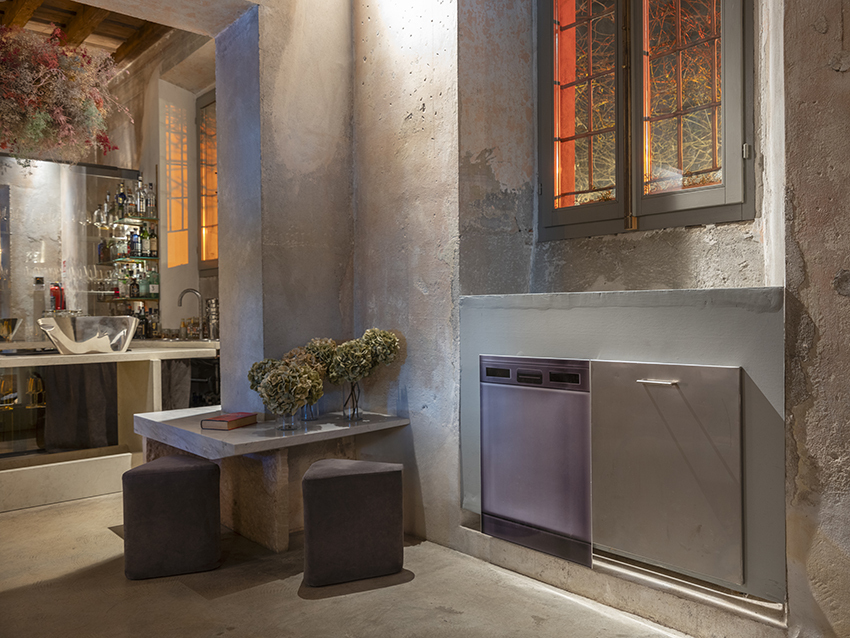
Dr. Barry & Ms. Hyde, Evening installation view
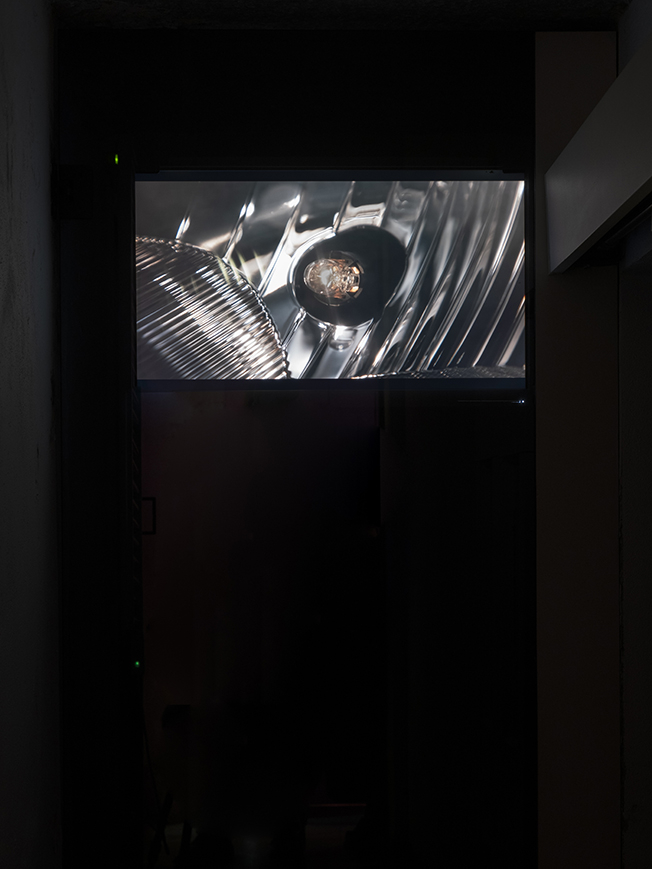
Dr. Barry & Ms. Hyde, Installation view
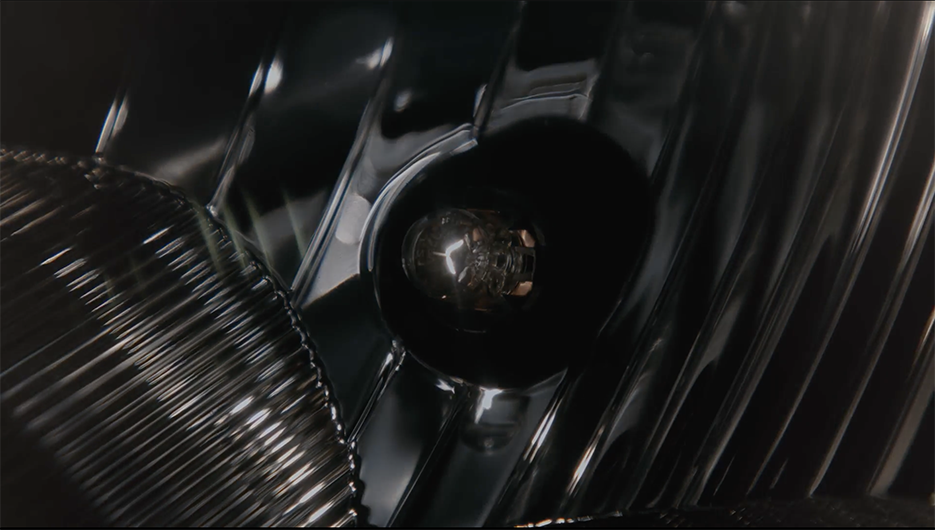
Dr. Barry & Ms. Hyde, Leevi Toija, On Illumination and Disposition, 2022, Still from 4k-Video loop, 9:36”, with sound, Soundscape by APEAK - Paavo Piekkari, Voiceover: Alma Djelic
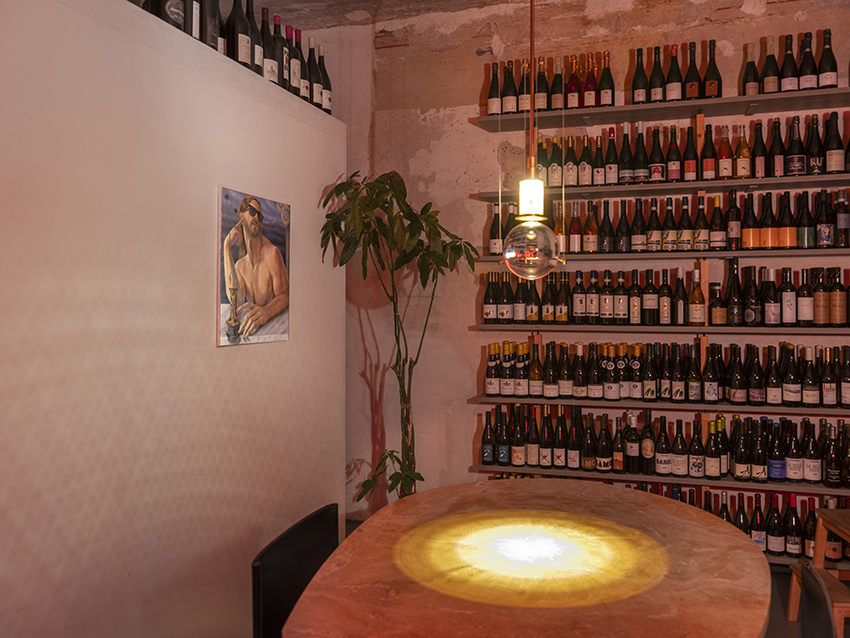
Dr. Barry & Ms. Hyde, Installation view
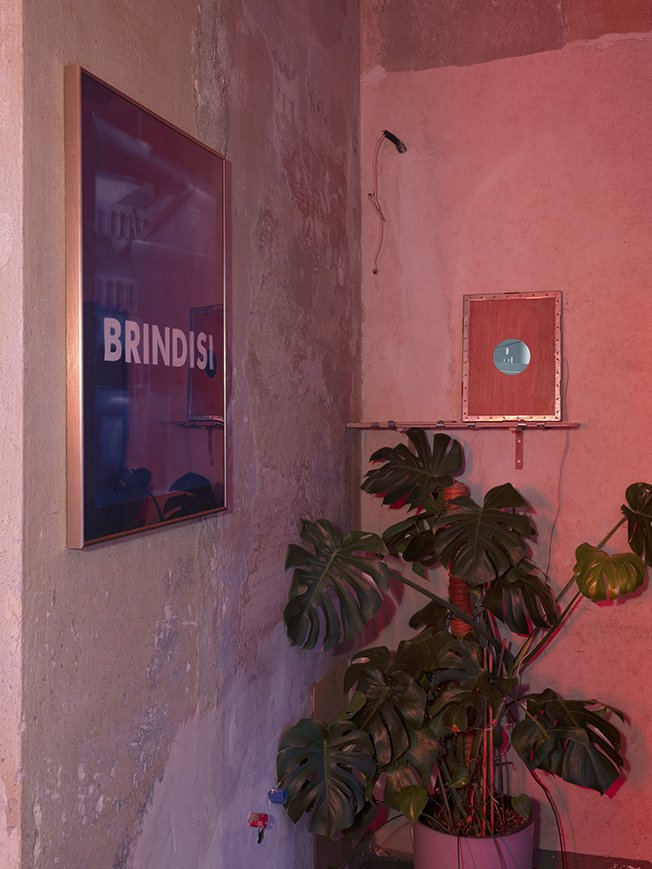
Dr. Barry & Ms. Hyde, Installation view
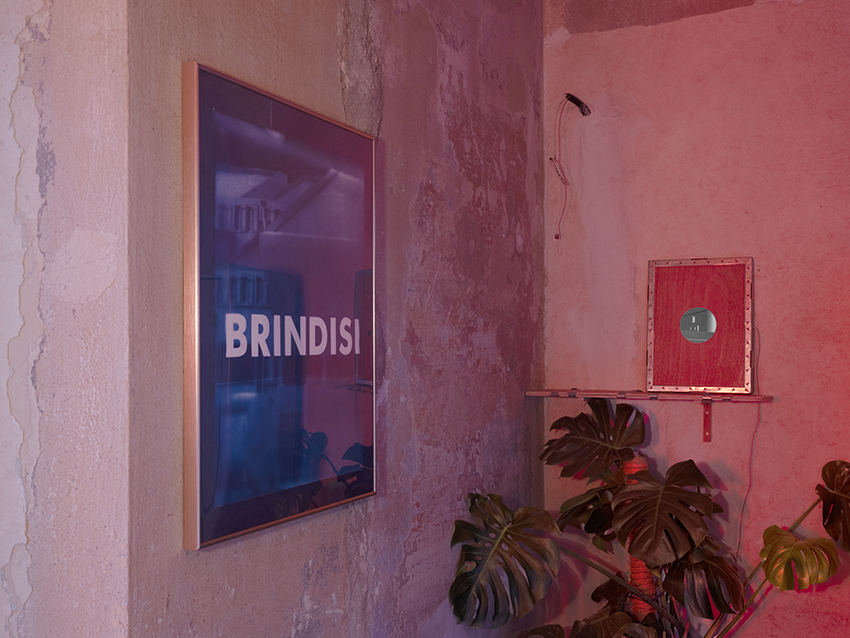
Dr. Barry & Ms. Hyde, Matteo Pizzolante, Grey Matter (Brindisi, Via Galanti 1) IPSS FL Morvillo Falcone, 2021, Video loop installation (1:04”, with sound) + a cyanotype print on paper, framed, 42x27.9 cm
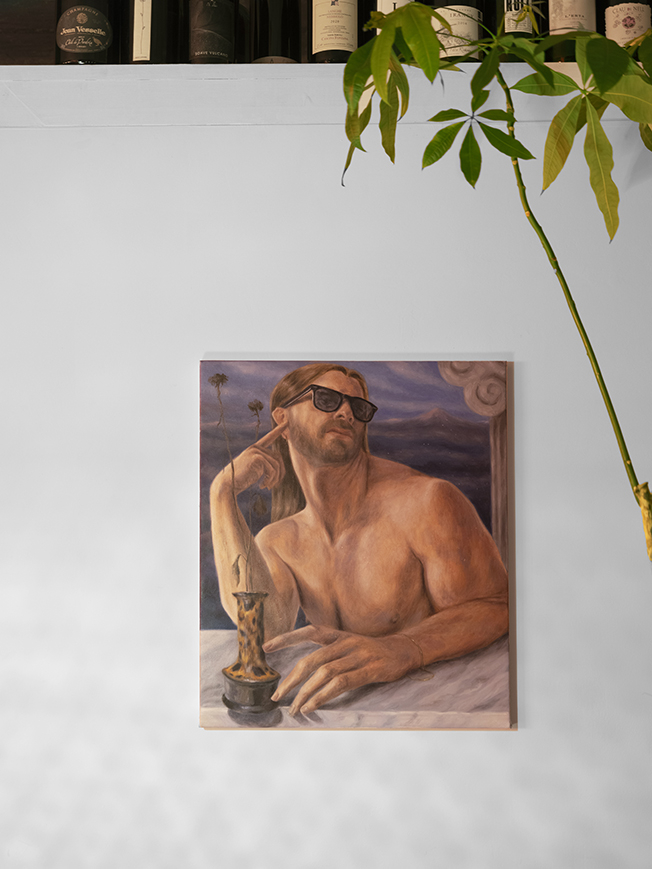
Dr. Barry & Ms. Hyde, Simon Foxall Amantə, 2024,
Oil on canvas,
60x50 cm
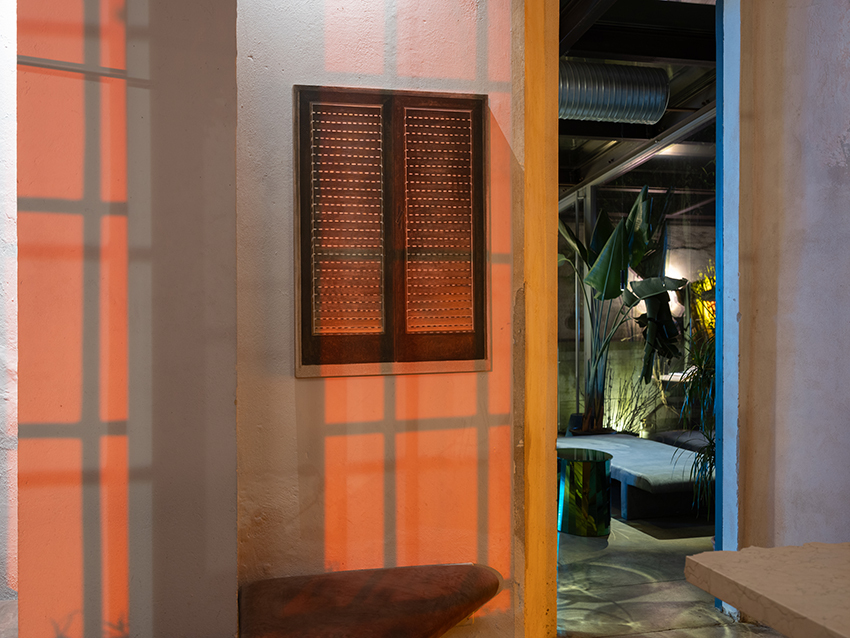
Dr. Barry & Ms. Hyde, Evening installation view
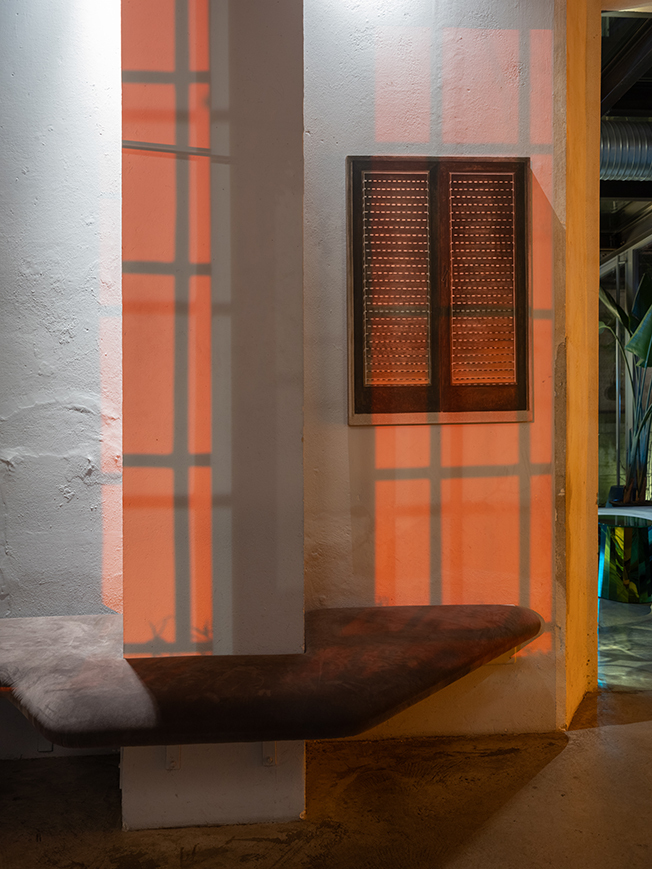
Dr. Barry & Ms. Hyde, Luciano Sozio,
Dawn, 2024,
Pigments and acrylic on linen,
100x70 cm,
Evening installation view
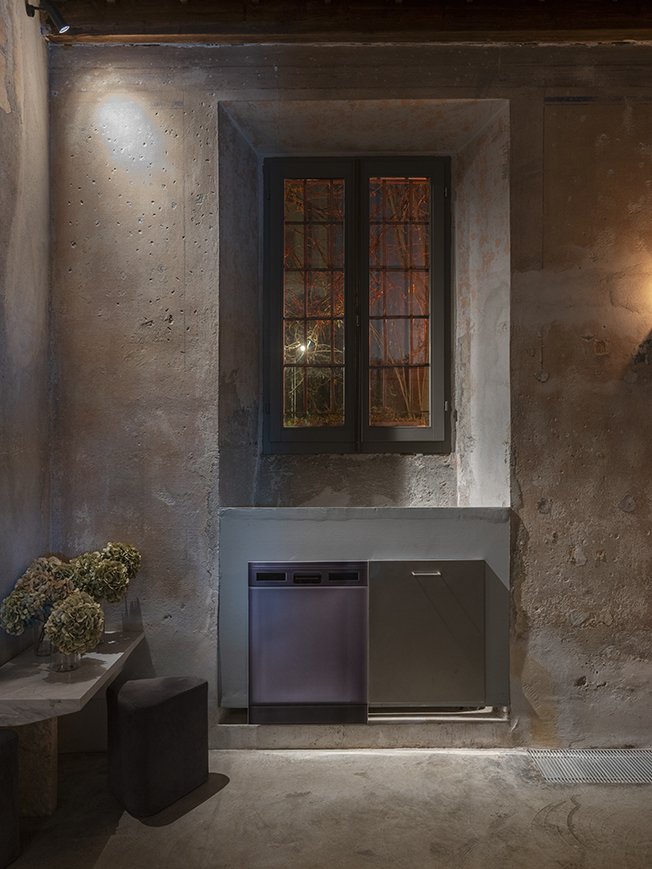
Dr. Barry & Ms. Hyde, Nighttime installation view
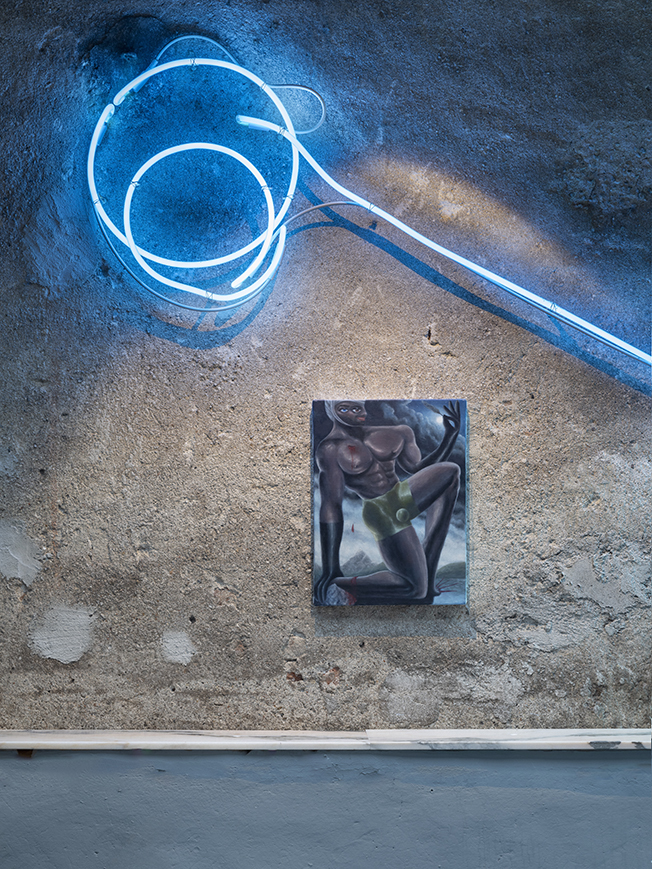
Dr. Barry & Ms. Hyde, Nighttime installation view
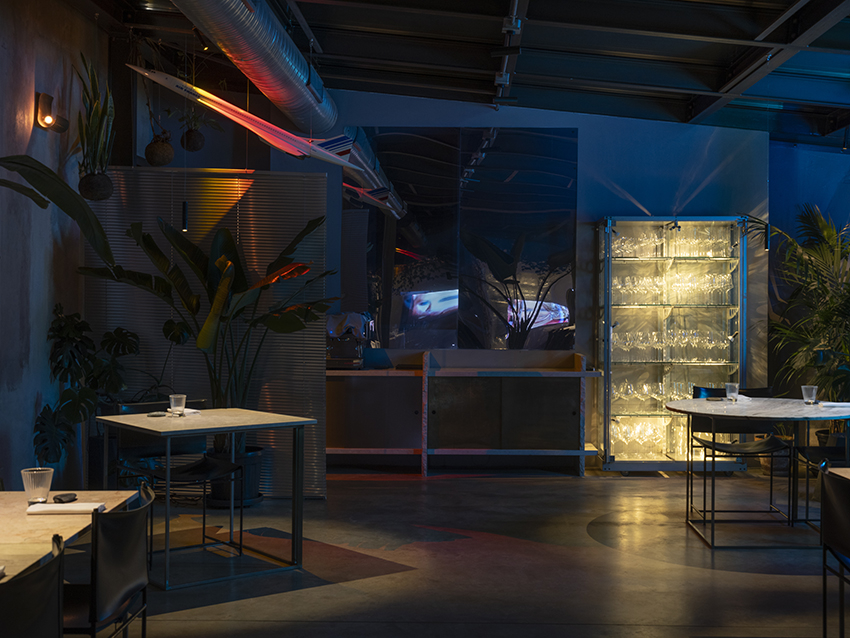
Dr. Barry & Ms. Hyde, Nighttime installation view
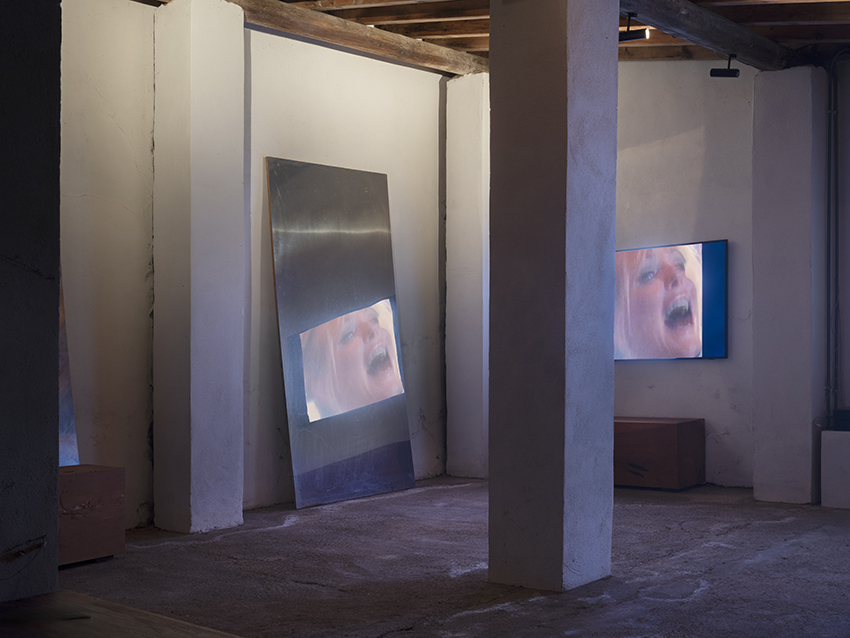
Dr. Barry & Ms. Hyde, Nighttime installation view
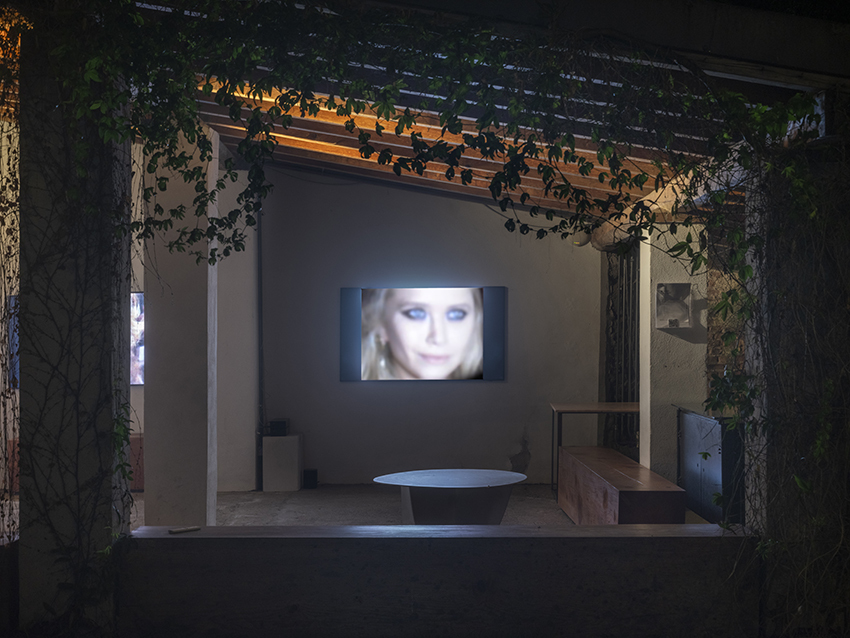
Dr. Barry & Ms. Hyde, Nighttime installation view
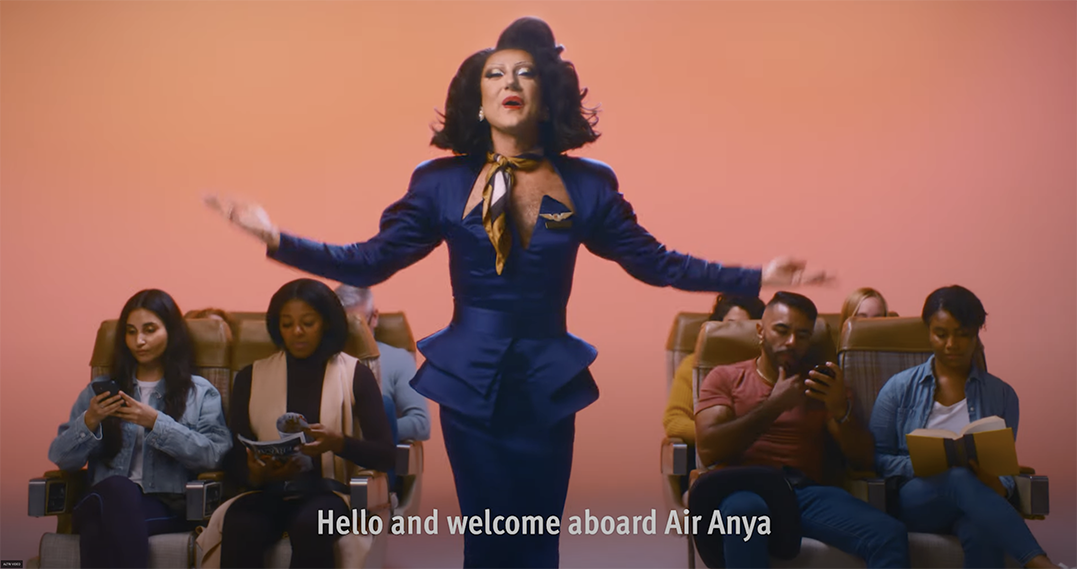
Dr. Barry & Ms. Hyde, Still from #SecureOurSocials: Now Boarding Air Anya Flight to LGBT Safety Online, 2024, Video loop (1:10”, with sound), Credits: Human Rights Watch, in partnership with Damj Ass., Helem, HRW, INSM F. for Digital Rights, SMEX
MOTELOMBROSO presents 'Dr. Barry & Ms. Hyde', a group exhibition marking the beginning of a new curatorial format, under the name Adàgio. Conceived and curated by Marialuisa Pastò, this project will unfold in a series of chapters throughout 2025, within the enchanting setting of the "pink house." Adàgio proposes an unprecedented and intuitive exploratory experience, one that grows and enriches itself chapter by chapter. At each event, the public is invited to take a ‘pause to inhabit,’ engaging in a free and immersive experience of both the exhibition and the evocative spaces of Motelombroso.
Prologue
01/10/2025 2:26:28 AM
Dr. Barry & Ms. Hyde offers an unusual opportunity to approach the works in an intimate and personal way. The journey moves between veils and contrasts, light and shadow, what is shown and what is withheld, the evanescent and the manifest, the given and its interpretation. A play of opposites that echoes the complexity of the characters and the historical/cultural references that inspired the title, starting with the controversial biography of Margaret Ann Bulkley, also known as Dr. James Barry. Disguising her gender identity, she challenged the patriarchal system of her time and was able to achieve a prestigious position in surgical medicine and the British army.
The reference to Dr. Jekyll and Mr. Hyde alludes to the duality of her existence, the separation between the "public" persona and the "private" individual, between the "official" and "secret" identity. Lastly, the inclusion of Ms. instead of Miss or Mrs, evokes its use as the feminine equivalent of Mr., ignoring the marital status of an individual and embodying a form of gender equality detached from the institution of marriage.
[Chapter 1] - Dr. Barry & Mr. Hyde
2:31:28 AM
(In the quiet flow of time, as the minutes pass, the world seems to hold its breath, while whispers stir the air with quiet possibility.)
This first chapter of the exhibition explores the nuances of self-representation and the deeply subjective nature of identity, both at an individual and collective level. Through the use of various expressive registers, the exhibition showcases the works of Jan Domicz, Ruvan Wijesooriya, Leevi Toija, Luciano Sozio, Simon Foxall, and Matteo Pizzolante (+ #SecureOurSocials featured in the exhibition). Six international artists from different backgrounds, who find common ground in the multifaceted and non-univocal representation of reality and perception.
The exhibition reveals the delicate balance between a position of resistance and the rigid stereotypes such as gender, nationality, sexuality, and popularity, opening to the opportunity to redefine shared spaces as territories in perpetual transformation and explore the semiotics of their use.
Traces of objects, such as books and scattered notes, emerge as silent actors in a narrative taking shape within the space, almost as if they were a living set. These objects accompany the works on display populating the environment, hiding in a passageway or simply in plain sight. By interacting with them, the works reshape their nature and embrace a new role: no longer mere forgotten and nameless objects, but participants in a dialogue, a rewriting. Their 'new function' is not just an aesthetic device, but an ontological reinvention. Ordinary things, extracted from their ordinary context and immersed in ambiguous and parallel energies, suspended between fiction and reality, softened by light and crystalline in the darkness.
Episode 1
Whispers of the Past
12:15:33 PM
(As the light advances, the space transforms, revealing the whisper of history that each object seems to hold beneath the weight of its past.)
— The diptychs by Polish artist Jan Domicz (b.1990), are made of portions of furniture from his family home and mockups sourced from real estate agent stores. This series of works serves as a tool to investigate the commercialization of spaces, drawing a parallel between the domestic and exhibition environment. The artist highlights how both real estate staging and art exhibitions transform the space into a "product" for sale, revealing the influence of market dynamics in the cultural and artistic context.
The artist work occupies a transient gap, an interface between the original context and the infinite potential for alternative readings, where the observer actively contributes to its interpretive completion by engaging with the work. Seen head-on, Dishwasher has all the characteristics of a real dishwasher. However, when observed from the side it betrays its nature, revealing the deception: a perspective game that creates a visual tension, challenging the viewer's perception and making the appearance of a physical object coexist with its ephemeral essence, a result of a two-dimensional representation that empties its depth. In Baudrillardian terms, it is akin to a "truth that hides the fact that it has none."
Domicz’s artistic practice goes beyond a simple representation of an object, it transcends the banality of the real data and blurs the boundaries between fiction and reality. His ability to give physical form to ideas reflects an attempt to objectify them, allowing the intangible to shine through the material. By creating new realities that are both unfamiliar and familiar, the artist plays with dualities and oppositions, challenging our habitual perception. In this context, Dishwasher winks at the polarity of Dr. Jekyll & Mr. Hyde, where the root "hyd" alludes not only to an inner split but also to an ambiguity of equivocal and illusory senses. This theme permeates every aspect of the artist's work, transforming visual elements into an invitation to reflect on perception and the very nature of art as a narrative device.
A process of mimicry that becomes a metaphor for how we recognize ourselves and the world around us. In this constant adaptation, our reluctance to embrace the foreign becomes resistance to change and evolve. While one truth surfaces, another remains in the shadows, ready to reveal itself only when we push our gaze beyond the reflection of ourselves.
Episode 2
The Gaze Within
12:26:14 PM
(As the outside world fades into silence, the gaze withdraws into the secrecy of its own solitude, where fleeting moments of exposure linger like ghosts.)
— Fame As a Process of Isolation is a video installation by New York-based artist Ruvan Wijesooriya (b.1977) that explores the theme of the gaze. The artist examines the multifaceted nature of a gaze through symbolic spaces, auditory distortions, and slow-motion visual blurring. The use of the blinding flashes of paparazzi cameras as the sole source of light, paired with the decelerated sounds of their loud calls during the 2012 MET Gala opening, shifts the celebration of success into a spectral isolation, an echo of solitude that emerges from the membrane of appearance.
An "I" that loses itself beyond the scene, immersed in a system of symbolic communication that marks a process of detachment: the suspicion of a departure from expectations, embedded in fantasies of identity, while its deeper nature continues to survive. The fleeting moments captured, stretched into a time that pursues its own evanescence, betrays an embarrassment, a disorientation that settles like pollen on the lips, taking the form of an uncertain smile. An "I" that resists the dispersion of meaning, refusing oblivion to its existence.
The cavernous soundscape amplifies the effect of estrangement, serving as a bridge between the two adjacent monitors, functioning as a flow that perforates the physical barrier, traversing the images and dissolving their separation. The aesthetic dialectic develops through a formal approach that favors duplication, with the discontinuous and blurred reflection of faces multiplying infinitely across mirror walls and glass panes. While offering themselves to the gaze, the subjects seem to elude the machine, the ultimate device of visibility. Far from the false promises of vanity, that confuse freedom with fame, we are confronted with the vulnerability of an apparently inviolable world. A process of distortion where self-determination yields to conformity with social imperatives, in a seductive game that transforms duty into something perceived as desired, while constraint masquerades as choice.
The perception of oneself, anchored to an imaginary that seemed stable up until that moment, begins to falter, bringing with it a sense of disorientation. It is like standing before a cracked mirror: the reflection is no longer clear, but fragmented, with pieces of oneself overlapping and becoming confusing. Yet, in this disorientation, there is the possibility of looking beyond the mask one wears.
All of this intertwines the precious fabric of experience, which risks to get lost in the fog of obsolescence. False securities take refuge beneath the bark of reality, but the more honesty tries to convince itself of its own truth, the more it risks contaminating itself with lies. In those faces reflects the unreliable narrator of one’s own story, transforming lived experience into narrative, under the carousel of a self-destructive manipulation of meaning.
An identity stripped of its uniqueness requires the restoration of the imperfections of self-awareness, those subtle details that conceal the deep truth of oneself. It is about tracing and dispersing the boundaries of the scenic space, to transcend the static nature of pure vision and access another dimension.
Ruvan Wijesooriya enacts a strategy of bait, references, anticipations, and expectations, veiling his intent beneath the façade of representation. He seems to want to show us an elusive humanity, at times evasive, like a shadow that vanishes in the unspoken. In the projection of inquisitive gazes generated by the crowd, the only face the subjects appear to recognize is the one they hide, yet still manage to identify in its surviving features.
The relationship between the real image and the translation of its reflective echo becomes more complex in a perpetual exchange of unspoken questions and revelations, probing the intimate and the private, rejecting yet simultaneously embracing the myth of moderation.
The work therefore invites reflection not only on what the protagonist(s) seek in others but also on our role in the process of constructing reality. Borrowing from Calvino's imaginary, the artist creates a replica of an inner world that confronts the outer world, where the gaze of the other is nothing but a variation of our own feelings. The mutual interaction with the viewer goes beyond conventional consumption, challenging rigid notions of identity and objectivity, transforming the exhibition into an open work that does not aspire to a definitive conclusion and escapes immediate understanding. In this regard, not only the visual interaction but also the placement of the work within the exhibition space, where the physical space itself becomes an integral part of its foundation, assumes central importance.
When the thread is lost, when the center becomes elusive, the limbo of uncertainty becomes fertile ground. It is the suspended pause between two breaths, where what usually slips away is captured. In this space, identity is no longer a boundary but a moving map, an unexplored region that offers itself for discovery.
It is an invitation to decipher, to explore, and to seek new meanings in a world that reveals itself gradually, like an eclipse that always remains partially preserved in the shadow.
Episode 3
The Refuge of Shadows
12:44:28 PM
(And while the daylight still imposes itself shamelessly, a silent desire for passage prays for the shadows to begin gathering, offering refuge from the imperatives of visibility.)
— A shadowy zone that Finnish artist Leevi Toija (b.1998) explores by overturning the traditional dichotomous symbolism between darkness and light, reversing the usual paradigm that associates light with safety and darkness with threat. In his vision, darkness transforms into a refuge, a place of protection, and a collective act that defuses solitude, keeping evil at bay. In this context, darkness offers shelter, safeguarding the individual from social judgment and the pressure to conform to the norms imposed by visibility.
While limited to a static shot of a lighting device, the video image also functions as an actual source of light within the exhibition space. As the incandescent bulb pulses continuously within the frame, the shot remains still and unchanged. In the delicate soundscape created by Paavo Piekkari (APEAK), the soothing voice of an off-screen narrator speaks, with an authoritative and calm tone, theoretical inquiries on light and darkness. However, reinterpreting the finesse with which Isa Lumme outlines the distinctive character of On Illumination and Disposition, these statements should not be understood as absolute truths, but rather as an invitation to reflect on the semantic boundaries of the two extremes, raising the question: "Is it possible to free oneself from the structures and dispositions determined by illumination?"
The idea of "being in the dark" as invisibility connects to a concept of freedom: that of "not being exposed to the open," of withdrawing from social control, and of living outside the constraints of society. Darkness, therefore, becomes a symbol of resistance to conventions, while light traps us within the surveillance system and its identification mechanisms as "identifies us, exposes us, and orients us”.
The paradox emerges in the statement that “being nowhere” does not imply nullification, but rather represents its opposite: as if not belonging to a place or a structure were the only way to escape social pressure and its constructions. The ‘emptiness of the present’, with its incessant need for belonging, appears as the condition in which the search for a sense of community or identity becomes the real abyss to evade.
The key words spoken by Alma Djelic – 'invisibility', 'freedom', 'non-place', and 'nowhere' – intertwine, suggesting a complex analysis of the individual's condition in the contemporary era. An era in which exposure and control constantly threaten our authenticity and our right to privacy.
Episode 4
The Last light
5:30 PM
(In the stillness of twilight, while the window catches the last traces of daylight, weaving golden warmth into the room.)
— It is precisely on this delicate line, between reassurance and the unknown, that Dawn, the painting by Italian Molise-born artist Luciano Sozio (b.1979), is positioned. The window, as a topos, has always been understood as both a physical and metaphorical threshold that separates and connects two realities: the personal and protected interior one and the vast and indeterminate one. It becomes the place where the boundary between the visible and the invisible dissolves, creating a space of possibility, where the human eye can cross the limits of the everyday to explore the infinite, yet remains anchored to the safety of what is familiar. The window is not merely an architectural structure, but a passage that invites us to look, to desire, and to imagine the other side, constantly blurring the line between reality and representation.
The concept of 'threshold' evokes not only a point of observation but also a barrier, a limbo between what is perceived and what is imagined, where every gaze, whether directed from the inside to the outside or vice versa, involves a dimension of choice and perspective.
The things that elude us are always the most fascinating because they challenge our certainties. They are the things that evade our attention while within our sight, blending into seemingly insignificant details, concrete yet blatantly inaccessible, as if they enjoy being noticed only for sheer derision. At other times, they withdraw from the light of day, elusive, dissolving into the ambiguity of an existence we cannot fully decipher. And yet, they reveal themselves, as evident as a clue that traces the path to the mystery they hold, but at the same time, they deny us access, leaving us with only the promise of a truth we will never conquer.
They are like a window that frames the imagination teasing our curiosity, yet remains closed with the blind lowered just enough to let the light filter in from outside. We can only observe as witnesses its changing colors, that shift until dusk, always a step ahead of us.
Emphasized by the incidence of natural light in the environment that hosts it, Sozio’s work is inscribed within a dimension of camouflage, blending into its own manifest presence, immersed in the space that surrounds it and adorned by the projections of shadows that change as day turns to night. It echoes a concept that, in its extension, alludes to an image of ‘hidden change,’ ready to be recognized yet still waiting to be discovered. It implies the idea that curiosity does not arise from a visible change, but from what lies beneath the surface, where the distracted eye can only sense that something is about to happen. These places and processes beneath the surface are not yet defined, but their strength lies precisely in their invisibility, in their ability to suggest a reality that precedes its representation.
They tell us that this representation, just like the perceptual process, is never singular, but a continuous flow of nuances that changes according to the gaze that observes it. Every gaze is an act of self-representation, a filter that alters reality into a unique form, halfway between what is and what appears. Reality is not static, but fluctuating, and inevitably flows according to the observer, their desires, their fears, their being. It is in this uncertain space that the dichotomy between perception and perceived, between the real and the fictional, plays out.
Generalizations flatten this complexity, limiting us to a monocular view incapable of grasping the countless facets of reality. It is in the plurality of gazes and multiple points of view that the substance of what we observe settles, inviting us to a deeper and more complex interpretation of the world around us.
Episode 5
The Smile of the Invisible
5:47:11 PM
(In the dissonance of the balance between authenticity and fiction, irony is the anesthetic that intervenes.)
— The work of Simon Foxall (b.1983) contrasts with the symbolic determinations and mandates we assume in public life. In his work, queerness, an emblem of fluidity and plural identity, emerges as a paradigm of an aesthetic that transcends social rigidities, which, by trapping the individual in monolithic views of self, risk limiting or hindering one's own most intimate exploration.
His characters move between vibrant imaginaries and dark scenarios, blending sacred and profane in a grotesque vision that reworks biblical and medieval themes, where the artist himself often becomes the protagonist, frequently inserting himself as a subject in his paintings. A distinctive element of his canvases is the clean chromatics, the lightness and freshness of the stroke, enriched by a strong ironic component that often gives the depicted figures a caricatured smile.
As an established criterion, the smile in portraits is conceived as a convention that standardizes expression, a code to follow in order to convey a certain idea of happiness or serenity, yet often masking subtler, contrasting moods. This rule becomes a symbol of conformity, a social expectation that dictates how we "should" appear, but also raises doubts about the authenticity of emotions. In his work, Foxall explores this ambiguity, proposing art as an act of fiction that reworks our perception of the real. Adhering to fixed formulas can trap art and culture in a self-referential loop, where the goal is no longer to stimulate or communicate, but to reiterate protocols.
The artist establishes an intimate dialogue with the viewer, where his work does not merely tell stories but challenges the very modes of narration, giving rise to a continuous exchange between order and chaos and questioning the perceptual framework of truth. Every character and gesture becomes an act of reading and decoding, expressing the tension between what is and what we perceive. In this way, art becomes a tool to explore and deconstruct the definitions imposed by public life, revealing a more complex and intricate reality.
Irony transforms into a critical reflection where the evidence is not directly expressed, but conveyed through a double layer that stimulates more sophisticated reflections. This approach creates a space where the obvious is not declared but questioned, inviting the observer to recognize it with a smile and renewed awareness.
It is as if irony has the power to unmask what is obvious, yet too often remains invisible beneath the veil of everyday banality. The interplay between truth and fiction thus becomes an invitation to reflect on the very nature of art: if it is an expression of authenticity, it is for its ability to evoke undeniable emotions and genuine reflections. However, if art is seen as a game, it invites us to reconsider the concept of "truth": in a sense, it becomes a construction. Here, the real and the perceived intertwine in a dynamic exchange that urges us to explore how much of reality is shaped by our perceptions and how much fiction can have its own validity, inviting us to discover an art that exists in relation to its observer.
A play of references between the ironic and the sarcastic addresses the complexity of our times, in which the absurdity of global and social crises, such as pandemics and catastrophes, is reflected in humor that subverts tragedy. In this context, humor becomes a way to confront the absurd and, at the same time, a strategy to survive the anxiety that pervades the present. Foxall's painting offers us the opportunity to reflect on these contradictions, blending the tragic with the comic, the serious with the frivolous, and creating a space where reality and fiction coexist in an uneasy balance. The artist manages to capture the emotional and spiritual state of our times through the monochrome of the unease that runs through them, returning the progression from a real world to an imaginary one. His work traces a path that transforms visible reality into a symbolic vision, bringing to the surface the deep intertwining between what we feel and what we fear to feel beyond the boundary of the apparent.
Episode 6
Memory's Perceptive Landscape
6:05:42 PM
(Where the presence of physical space fades, memory takes its place, becoming experience.)
— Beyond the space of the apparent lies the investigation of Matteo Pizzolante (b.1989), who explores the relationship between perception and place, suggesting that the latter is a co-creator of the reality we experience. Places are not mere backdrops, they actively participate in the construction of the visual experience contributing to the formation of social consciousness. This perspective enriches the concept of place, uniting physical space with inner experience and connection to a collective, shared narrative and memory.
"Grey Matter" is an evolving series, currently consisting of four videos based on real-life events, all linked by the explosion as a central element. The incidents took place in 2012 in Brindisi, in 2016 in Dresden and New York, and in 2018 in Naples. Each video takes the name of the city where the event occurred.
With a background in Engineering and Architecture, Pizzolante has long been interested in the potential of digital images and the software that generates them as powerful tools to analyze, represent, and describe space and reality. In the video installation Grey Matter (Brindisi, Via Galanti 1) IPSS FL Morvillo Falcone, the artist, through a complex simulation process, reconstructs the explosion occurred in front of the Istituto Professionale Francesca Morvillo on the 9th of May 2012 that killed one student and injured ten others.
The explosion does not leave direct witnesses due to their violent nature, but the energy of the detonation imprints itself on the door handle, becoming the negative space of the hand and creating a bridge between the digital and the physical. Every day we perform actions through discrete objects often overlooked, like a door handle, which unites acts of separation and connection, standing as a synthesis of these. Although our perception of the handle is limited to its tactile qualities, it transcends its practical function: it is designed to fit the hand and symbolically it represents the bond between action and decision. Even when it comes to thoughts, ideas, or concepts, it becomes the allegorical hook that connects them.
In Pizzolante's work, the news event fades away, as the artist does not limit himself to documenting but aims to reveal what usually remains invisible in such violent incidents. Without specific technology, it is impossible to observe an explosion up close, neither with human eye nor a mechanical lens, as both would fall prey to the blast.
We often believe that the quality of an observation depends entirely on the intrinsic characteristics of the observed object, overlooking the role of the observer. In reality, the tangible outcome of a visual experience emerges from the reciprocal relationship between the observer and what is being observed, an interaction that modulates and nurtures the perception itself. Pizzolante’s creative process, which starts with 3D modeling, allows for the fusion of memory and imagination, creating clear and detailed visions that then fade before the eyes of the observer. His works reintroduce states of mind and concepts such as slowness and temporal dilation, in stark contrast to the speed at which things manifest, ephemeral, in the everyday experience.
Episode 7
The Invisible Bonds
7:15:33 PM
(Beyond labels, only the essential remains.)
— The logic of universal belonging thus implies a collective awareness that goes beyond the division between us and them, inviting us to recognize that we are all part of a single web that is life on Earth.
Created in collaboration with Damj Association, Helen Lebanon, Human Rights Watch, INSM Foundation for Digital Rights, and Social Media Exchange-SMEX, #SecureOurSocials — 'Now Boarding Air Anya Flight to LGBT Safety Online' — is a recent social media campaign aimed at bringing to the attention of platforms like Facebook and Instagram the troubling reality that unfolds beyond the screen of our social devices. Specifically, LGBT users face daily digital attacks with frequent and severe offline consequences, including detention and torture. The campaign calls on these platforms to take concrete action to make social media spaces safer.
It is clear that social media can be a tool of empowerment for people worldwide, yet government officials and private citizens in the Middle East and North Africa (MENA) region are using these platforms to target a specific group of users. Security forces have intercepted LGBT individuals using fake profiles and chats, subjecting them to online extortion, harassment, doxing, and public outing on Facebook and Instagram. In some cases, targeted individuals are arbitrarily detained, prosecuted, and tortured for homosexual conduct or "immorality" and "debauchery" based on photos, chats, and similar information obtained illegally.
Avoiding mere mechanisms of propagandistic politicization, the campaign makes use of an ironic and incredibly smart tone to inform and encourage users to download awareness tips on how to mitigate the risks of digital targeting. This video campaign is the result of a detailed report by Human Rights Watch, documenting the use of digital targeting by security forces and its offline consequences in Egypt, Iraq, Jordan, Lebanon, and Tunisia. It calls on MENA governments to protect LGBT individuals instead of criminalizing their expression and targeting them online.
The vocabulary supporting gender fluidity has led, especially among younger generations, to filling the gap in the linguistic and iconic narrative inherited from the urgent need for classification by previous generations and social structures. However, the proliferation of terms related to gender fluidity has then highlighted the risk of falling (paradoxically) into the same trap that it aims to overcome: the label. In this context, from a purely lexical perspective, the term "person" emerges as the most fluid and open, difficult to categorize, as each individual carries with them specificities that escape the logic of sectorization. A semantic device that reaffirms the universality of the inviolable right of every human being.
Abandoning the obvious is a healthy vision that invites us to recognize and value what we often overlook due to the complexity that surrounds us. It is an invitation to return to the essential, to a universal language that transcends appearances and differences. In a constantly changing world, re-signifying the obvious means reaffirming the deep bond that unites us inevitably as human beings and allowing this awareness to guide us toward a less opaque and shared vision of reality.
A basic reflection consequently follows: the obvious invites us to look beyond distinctions, immersing ourselves in a global vision where every violated right is not just the experience of an individual, but reflects our belonging to an interconnected world. Everyone is part of this collective narrative without borders and each individual experience merges into a global flow, into a shared memory that embraces the only gender that is justifiable to question: the human one. Thus, the obvious becomes a powerful metaphor for a universal grammar that transcends cultural, political, and geographical divisions. It invites us to reflect on our deep connection as human beings, part of a shared world, that celebrates diversity and affirms our common humanity.
Through what is obvious, we can rediscover a universal language of understanding and mutual respect, laying the foundations to build a world that, despite its differences, remains united in a single, great global narrative. When part of the population is persecuted, oppressed, or discriminated against, there can be no true freedom or equality for anyone. Freedom cannot really exist as long as any kind of oppression is in place. Solidarity among the movements that unite to dismantle the power structures that generate discrimination and violence is essential to building a world where it is not legitimate to attain a position in the world arbitrarily.
In the Space of Interpretation
8:00 PM
The spaces of the exhibition are configured as suspended territories between the known and the unknown, akin to a mental place where reality and imagination intertwine. Around the "empty spaces," the exhibition raises the suspicion that the true content does not reside into tangible things, but in the way we perceive them and in the potential to embrace what lies outside of our given certainty. It is the beginning of a synesthetic journey that crosses the fine line between the visible and the invisible, where the spectator is not merely an interpreter but a co-creator of meaning itself, transcending the signifier and participating in a visual experience that invites deep reflection on worn-out concepts with blurred contours like perception, identity, truth, and reality.
In continuous dialogue with the viewer, the exhibition offers interpretative tools in small doses, allowing for multiple keys of understanding. It is an experience made of chameleon-like presences that hide in the shadow, floating on the surface of things like a black blanket that wraps the environment in an atmosphere both ordinary and mysterious. The sky itself becomes a metaphor for a hidden world, revealed only to those who have the courage to observe it from a new perspective.
The silent narrative of the exhibition, drawing on Nietzschean perspectivism, challenges the viewer's perceptions, positing that there is no single truth: everything is interpretation, and every point of view enriches the overall understanding. The exhibition journey opens up to the implicit question: is it possible to conceive an authentic identity that does not depend on the influence of others' perceptions?
Times of the exhibition seem to stretch, like nights that last for days, while curiosity becomes the light that illuminates the invisible. But a Band-Aid on a scar that struggles to fade only covers a pain that cannot be cured. It’s like an attempt to stop time that will anyway continue to leave its mark. The truth of Dr. Barry and Ms. Hyde, their 'dual identity,' cannot be grasped objectively but is the result of multiple interpretations, each leading to a different understanding.
This duplicity challenges linearity and objectivity, reflecting in the interplay between reality and fiction, between what is seen and what is perceived. Each artwork becomes a narrative in itself that unfolds in a movement that is in no rush to reach a definitive conclusion, where every perception transforms into a story disguised by an increasingly opaque and distorted manipulative narrative.
An exhibition that doesn't seek to be heard by everyone, but only by those willing to immerse themselves in its depths, grasping its fleeting nature, like a fragile sigh in the relentless flow of time.
We travel on a thin line, between the tangible world and the imagined one, where reality becomes history and history becomes fiction. Every gesture of perception turns into a creative act, a reflection not only of the world but of ourselves, our fragilities, and our desire to understand what escapes and is ever-changing in our sight.
Text by Marialuisa Pastò
Marialuisa Pastò



